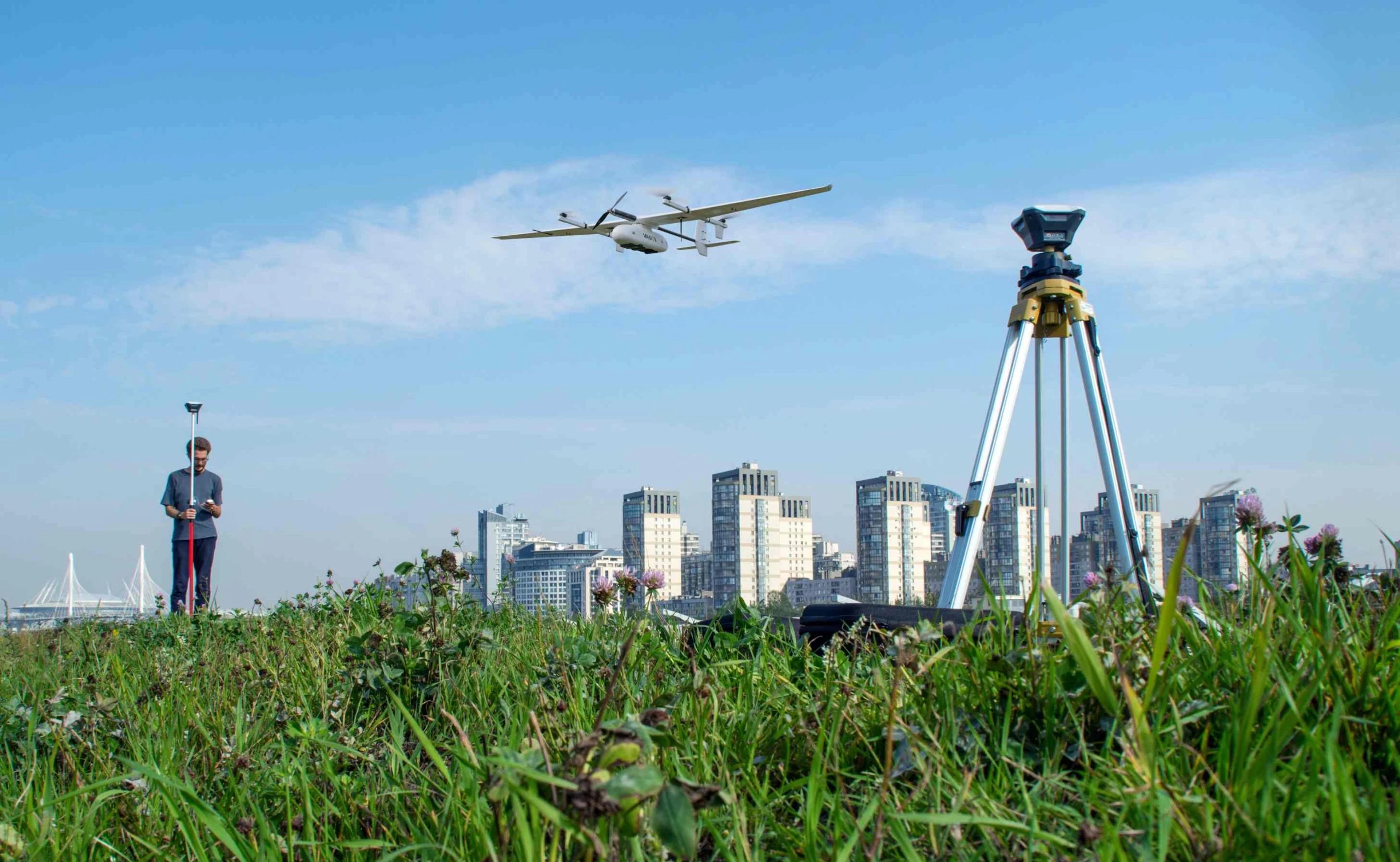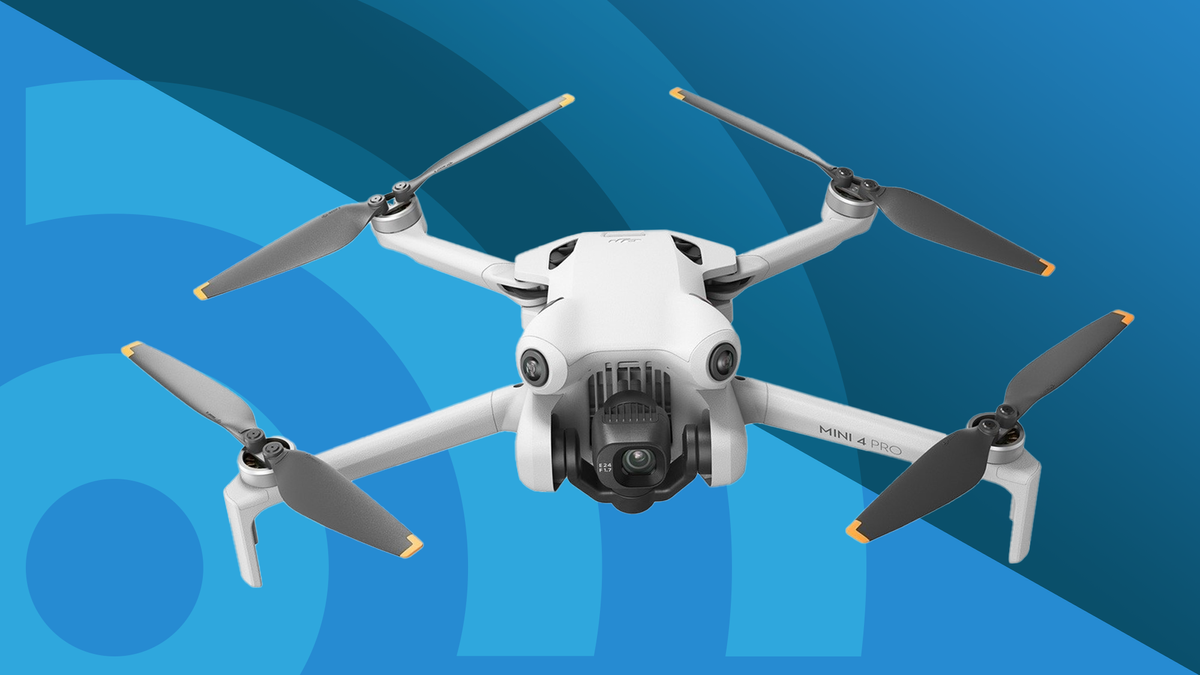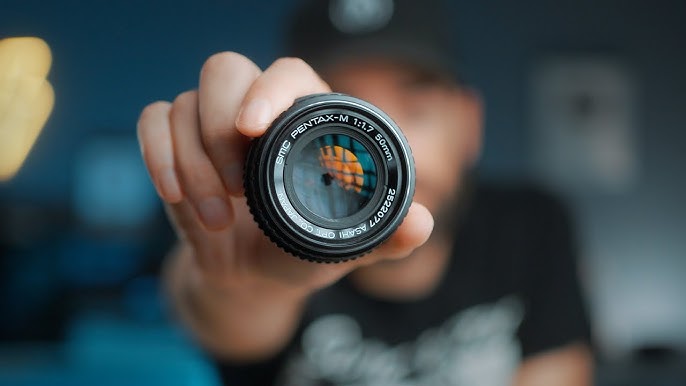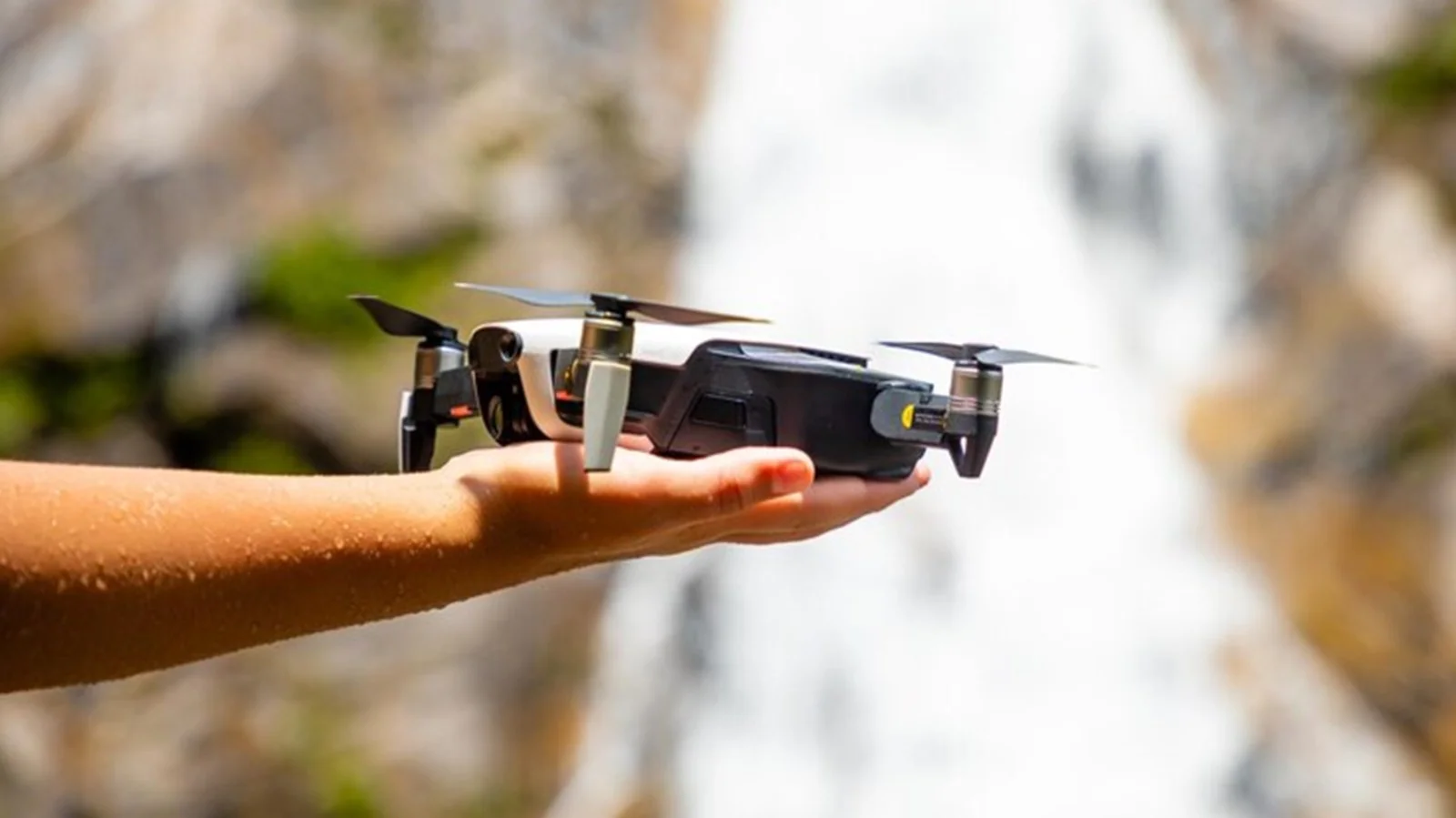Selecting the perfect lens for your drone photography or videography venture involves more than just choosing the right focal length and optical qualities.
It also requires a thorough understanding of lens compatibility with your specific drone model.
In this article, we will delve into the critical aspects of lens compatibility with drones, exploring why it matters and how to ensure a seamless pairing for your aerial adventures.
Why Lens Compatibility Matters
- Physical Fit:
- The most obvious aspect of lens compatibility is physical fit. Not all lenses are designed to attach to all drone cameras. Different drone models have varying lens mounts, such as Micro Four Thirds, L-Mount, or proprietary mounts like DJI’s DL-Mount. Choosing a lens with the correct mount is essential to ensure it physically fits your drone’s camera system.
- Weight Considerations:
- Drones are engineered to carry a specific payload capacity, including the camera and lens. Exceeding this weight limit can compromise the drone’s flight performance and stability. Ensure that the lens you choose is within the weight limit specified by the drone manufacturer.
- Gimbal Compatibility:
- Many drones incorporate gimbals to stabilize the camera during flight. The addition of a new lens can affect the balance of the drone and its gimbal, potentially leading to issues like vibrations, poor stabilization, or even damage to the gimbal. Ensure that the lens doesn’t interfere with the gimbal’s operation.
- Electronic Compatibility:
- Some modern lenses have electronic features, such as autofocus and image stabilization, that may rely on communication with the camera. Verify that the lens’s electronic functions are compatible with your drone’s camera system to avoid compatibility issues.
- Focus and Aperture Control:
- Certain drone models may have limitations when it comes to controlling focus and aperture settings on interchangeable lenses. Understand whether your drone can support these adjustments and to what extent, as this can impact your creative options.
How to Ensure Lens Compatibility with Your Drone
- Research and Documentation:
- Start by thoroughly researching your drone model and its lens compatibility. Manufacturers often provide information on compatible lenses and accessories in their product manuals and websites.
- Proprietary Lenses:
- Many drone manufacturers offer their own line of lenses optimized for their cameras. These lenses are often the most straightforward choice in terms of compatibility and are designed to work seamlessly with the drone.
- Third-Party Adapters:
- Some drones allow the use of third-party lens adapters, which can expand your lens options. However, these adapters may have limitations, so carefully read reviews and consult user experiences before making a purchase.
- Weight and Balance:
- When considering a new lens, calculate its weight and how it will affect your drone’s balance. Some drones allow you to adjust the gimbal to accommodate different lens weights.
- Firmware Updates:
- Ensure that your drone’s firmware is up-to-date, as manufacturers often release updates to improve compatibility with new lenses and accessories.
Conclusion
Lens compatibility is a crucial aspect of successful drone photography and videography.
By understanding the physical fit, weight considerations, gimbal compatibility, electronic compatibility, and control capabilities of your chosen lens, you can ensure a seamless integration with your drone system.
Thorough research and adherence to manufacturer recommendations will help you capture stunning aerial imagery while avoiding compatibility issues that could hinder your creative pursuits.









Leave a Reply